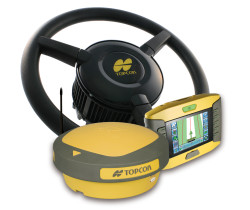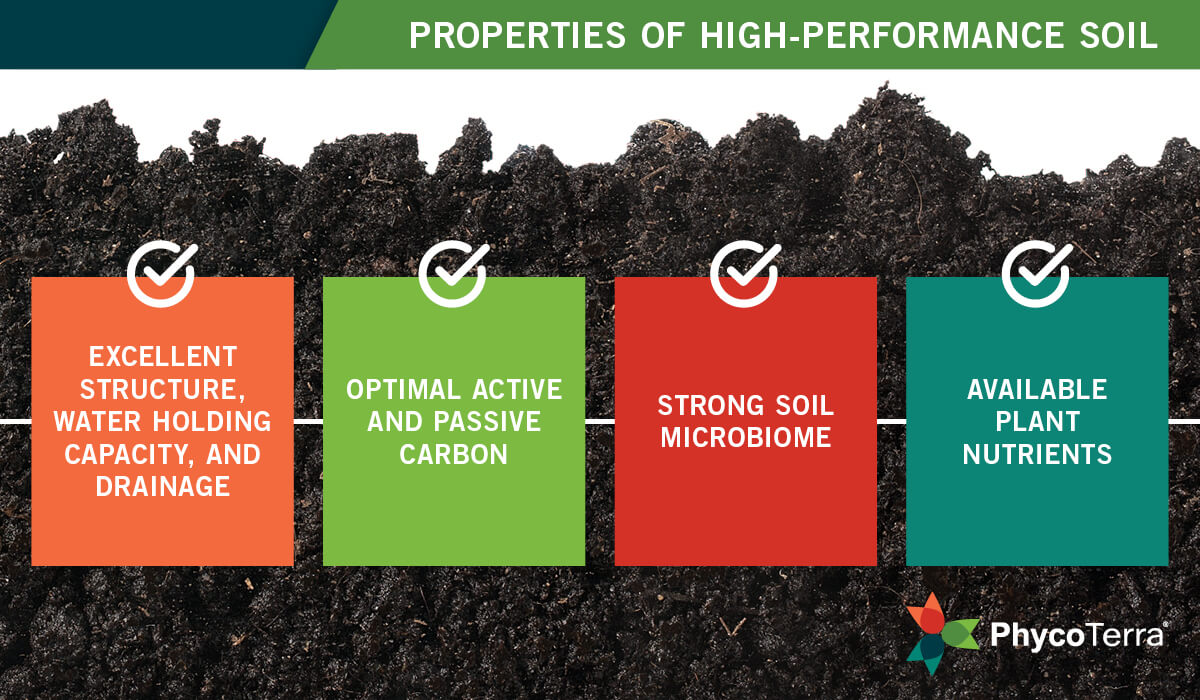Enhanced GPS Steering Systems Help Growers Shine

With input and fuel costs on the rise throughout the ag world, more and more growers are implementing GPS automatic steering equipment to increase the level of efficiency in their operations.
“The adoption of precision technology continues to be a focus for agricultural producers,” says John Deere Representative Holly A. Brokaw. “Producers know that they have to maximize the production of acre as the price of inputs continues to rise with commodity prices holding steady.”
Adds Tim Stuenkel, market development specialist with TeeJet Technologies: “Sales of autosteer equipment have been very positive and growing for the past few years. The shift by growers from manual (lightbar) guidance to autosteer continues, as does the trend towards increasingly precise (RTK) GPS receivers.”
Although crucial for a better bottom line, reduced fuel and input costs are simply one of the many benefits automatic steering offers to operators.
Faster Field Speeds
Lori Costello, marketing communications manager with Ag Leader, says GPS steering permits the user to increase field speeds, put in longer hours in the field and experience less fatigue.
This season, with mild winter conditions moving planting times up throughout the Corn Belt, companies experienced a strong sales period as growers had to ensure they were ready for the early start.
“Fundamentals always play a factor in demand,” says Topcon’s Michael Gomes, director of marketing & business development. “With a mild winter, farmers are increasingly becoming more self-reliant and planting earlier.”
Harlan Little, Leica Geosystems ag business manager, also sees increased sales driven by the company’s mojo3D unit. “Many growers managed to make early buying decisions this year which is now giving them payback as they use their new equipment. We look forward to continued strong sales throughout the growing season.”
“As input costs continue to rise, growers are becoming better at maximizing their return on input expenses,” adds Gomes. “Precision ag technologies improve both accuracy and effiency, and they reduce cost per acre while improving the ability to cover more acres in a day.”
Beyond Tweaking
GPS steering technologies having been available to growers now for several seasons and manufacturers are entering their prime when it comes to upgrading capabilities.
For example, Raven Industries has improved the steering performance of its SmarTrax RTK and SmartSteer systems. “We have improved our steering software to handle more extreme conditions such as hills and terraces,” says Tim Heins, product manager for guidance and steering.
“The algorithm enhancements have also propelled our performance in other field conditions.”
TeeJet has also been busy this year with a plethora of new options for growers, according to Stuenkel. “This past winter we introduced a new line of high-precision GNSS receivers — the RX510 and RX610. The RX510 is compatible with OmniSTAR XP & HP for 6-or 4-inch pass-to-pass accuracy. The RX610 RTK receiver provides 1- to 2-inch pass-to-pass accuracy for the most demanding application. The RX610 features an integrated cellular modem (GMS or CDMA protocol) for use with increasingly popular CORS RTK networks.”
“Also new for 2012 is our UniPilot assisted-steering system,” he adds. “This system utilizes a universal mounting bracket and electric steering motor for simple in-cab installation. This provides another autosteering option for growers, in addition to our current FieldPilot hydraulic autosteer system.”
Ag Leader has also updated its leading autosteer unit this year, says Costello. “We recently introduced a new version of the OnTrac system called the OnTrac2+. The OnTrac2+ comes with a newly designed electronic control unit with updated hardware and updated inertial measurement capability. Also, we continue to add platform kits as new equipment models are introduced to the market.”
Leica continues to tweak and update its mojo3D and mojoMINI displays, according to Little. “The latest improvements on the mojo3D include the ability to download waylines and boundaries in Shape files. We have also started using the KML file for Google Earth to easily view coverage, boundary and AB lines. Additionally, the mojoMINI was also upgraded with some new features that included an export option for the KML file type.”
For 2012, John Deere Co. has a few enhanced capabilities to offer users, including a GPS signal enhancing capability called Shared Signal.
“When our RTK Extend expires, the receiver now has SF2 accuracy until the machine can reconnect line of sight to the base station with the StarFire 3000 Receiver,” says Brokaw. “Shared Signal allows two StarFire 3000 Receivers to share correctional signals in dual-receiver applications and deliver the benefits of the higher signal level. This feature expands the possibility for producers to use SF1 and SF2 signals in their operations.
“Shared Signal also allows producers to invest in advanced applications with less overall investment costs,” Brokaw adds. “Producers can pair an RTK receiver with a SF1 or SF2 receiver and have RTK accuracy and repeatability, or pair a SF2 receiver with a SF1 receiver and have SF2 accuracy. Shared Signal is created with two StarFire 3000 Receivers and a GreenStar3 2630 Display.”
Trimble envisions its 2012 offerings taking growers to that “next level of farming,” according to Market Manager Mike Martinez. “The updates Trimble has released build upon that solid autosteer platform to take the customer to the next step in the evolution of farming. This includes advances in planter and sprayer control, variable-rate technologies, high-accuracy GNSS positioning, land-leveling and drainage solutions and wrapping it all up with wireless connectivity using the Connected Farm.”
Says Topcon’s Gomes: “Autosteering technology is continuing to improve in many ways. More often end-users are looking to be able to encompass more functionality with a single console, or add additional sensors or harnessing to add the next functionality. As with all technology based products, getting both the payback and the experience today will continue to help an end-user be better prepared for business tomorrow.”






